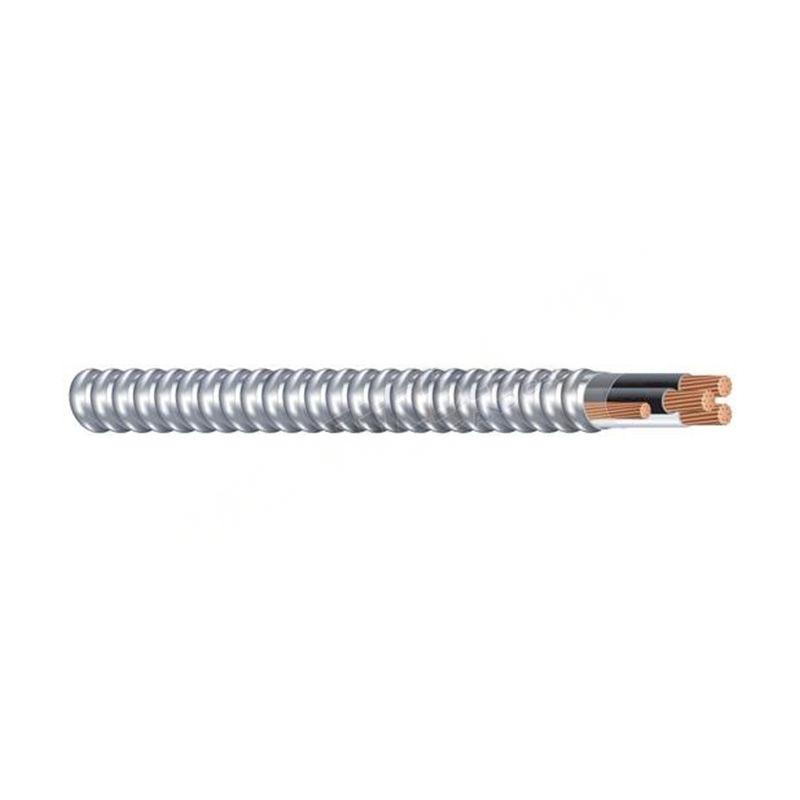10 月 . 20, 2024 22:14 Back to list
Flexible Joint Flange Solutions for Enhanced Piping Systems Efficiency and Durability
Understanding Rubber Joint Flanges Key Components in Modern Piping Systems
In the intricate world of piping systems, where efficiency and reliability are paramount, rubber joint flanges have emerged as crucial components that facilitate the smooth operation of various applications. This article delves into the significance, functionality, and advantages of using rubber joint flanges in modern engineering.
What is a Rubber Joint Flange?
A rubber joint flange, often referred to as a flexible rubber joint or expansion joint, is a specialized component designed to connect two segments of piping systems while allowing for movement, vibration absorption, and thermal expansion. Typically made from high-quality rubber materials, these joints are equipped with flanges on either end, making them easy to install between pipes, valves, or tanks.
The Importance of Rubber Joint Flanges
In many industrial applications, pipes are subjected to various stresses, including temperature changes, pressure fluctuations, and mechanical vibrations. Traditional rigid connections can lead to leaks, cracks, or even catastrophic failures. Rubber joint flanges effectively mitigate these issues by providing flexibility and adaptability in the piping system.
One of the primary functions of a rubber joint flange is to absorb vibrations and disturbances from pumps and other machinery. By decoupling the piping system from the source of vibration, these joints help extend the lifespan of pipeline components and reduce wear and tear.
Key Benefits of Using Rubber Joint Flanges
1. Flexibility The inherent flexibility of rubber allows these joints to accommodate misalignment, thermal expansion, and contraction in piping systems without causing stress on the joints. This adaptability is crucial in maintaining the integrity of the entire system over time.
rubber joint flange

2. Vibration Dampening As previously mentioned, rubber joint flanges excel in dampening vibrations. This feature is particularly important in systems that operate heavy machinery or pumps, as it helps mitigate noise and prevents potential damage to adjacent components.
3. Ease of Installation Rubber joint flanges are generally lighter and easier to install compared to traditional metal fittings. Their design often allows for quicker assembly, which can lead to significant time and labor savings during the installation phase.
4. Corrosion Resistance Rubber materials are inherently resistant to corrosion, making rubber joint flanges suitable for a wide range of applications, including those involving chemicals, wastewater, and other potentially corrosive substances. This resistance enhances the overall durability of the piping system.
5. Cost-Effective Solutions While some may argue that metal flanges are more robust, the overall cost-effectiveness of rubber joint flanges cannot be overlooked. Their durability, combined with their ability to reduce maintenance and repair costs, makes them a wise investment in the long run.
Applications of Rubber Joint Flanges
Rubber joint flanges find applications across various industries, including
- Water and Wastewater Treatment These joints are commonly used in treatment plants to connect pipelines and manage flow variations effectively. - HVAC Systems In heating, ventilation, and air conditioning systems, rubber joint flanges help reduce vibrations and maintain system efficiency. - Chemical Processing Due to their corrosion resistance, these joints are ideal for piping systems handling a wide range of chemicals. - Food and Beverage Industry Here, rubber joint flanges are crucial for maintaining hygiene and preventing contamination in the transfer of liquids.
Conclusion
Rubber joint flanges are indispensable components in modern piping systems, addressing a multitude of challenges associated with movement, vibration, and corrosion. With their flexibility, ease of installation, and cost-effectiveness, these joints not only enhance the efficiency of industrial processes but also contribute to the longevity of piping systems. As industries continue to evolve, the importance of robust and reliable components like rubber joint flanges will only grow, cementing their role as vital assets in engineering and construction. By understanding their benefits and applications, engineers and project managers can make informed decisions that lead to the successful implementation of a piping system capable of meeting today’s demanding standards.
Share
-
Understanding the Differences Between Wafer Type Butterfly Valve and Lugged Butterfly ValveNewsOct.25,2024
-
The Efficiency of Wafer Type Butterfly Valve and Lugged Butterfly ValveNewsOct.25,2024
-
The Ultimate Guide to Industrial Swing Check Valve: Performance, Installation, and MaintenanceNewsOct.25,2024
-
Superior Performance with Industrial Swing Check Valve: The Essential Valve for Any SystemNewsOct.25,2024
-
Industrial Swing Check Valve: The Ideal Solution for Flow ControlNewsOct.25,2024
-
You Need to Know About Industrial Swing Check Valve: Functionality, Scope, and PerformanceNewsOct.25,2024